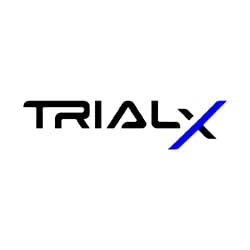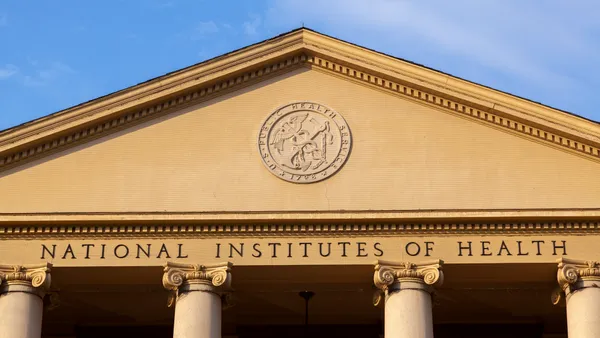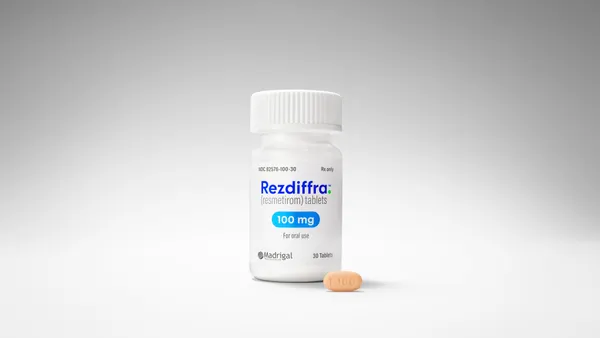AstraZeneca’s Dr. Larry Furlong Outlines the Company’s Lean Sigma Program for Process Improvement AstraZeneca is applying the business improvement methodology Lean Sigma to discovery in an attempt to shorten project lead times and increase candidate quality. AstraZeneca’s Larry Furlong, Ph.D., is responsible for the company’s Discovery Lean Sigma Program and Discovery Statistics. AstraZeneca is applying Lean Sigma as part of our efforts to boost R&D productivity and continuous improvement. Process improvement What prompted AstraZeneca to adopt Lean Sigma as an approach for process improvement? Furlong: AstraZeneca is always looking for smart ways to become faster, leaner, and more agile. The use of Lean Sigma within AstraZeneca R&D started four years ago when we asked ourselves whether the approach, which was increasingly being used in other industries to drive improvement and had success in AstraZeneca operations, could also be used in an innovative R&D environment to help build our pipeline and to improve productivity from discovery onward. The initial impetus came from a group that is part of the Global Discovery Enabling Capabilities and Sciences (DECS) function, which supports all AstraZeneca research areas with specialist project support, including the hot housing of new ideas to develop our science and improve how we do business. The adoption of Lean Sigma isn’t the result of a top down mandate but is very much part of the innovative environment that Jan Lundberg, AstraZeneca’s executive VP for global discovery, is fostering that encourages ideas to be tried and progressed based on the evidence of their value. We started with small pilot programs, and used the positive early results to learn, grow credibility, and apply the approach to increasingly complex processes. Following accumulated evidence of its value and ability to engage scientists, a decision was made to adopt Lean Sigma globally across our discovery function two years ago as a key vehicle to drive improvements. Our development function soon followed suit and adopted the approach based upon the sharing of ideas across AstraZeneca R&D and early evidence of the value of the approach to improve this group’s processes. Boosting productivity How is AstraZeneca applying Lean Sigma as part of its efforts to boost R&D productivity and continuous improvement? Furlong: From the beginning, the Lean Sigma approach we adopted has had two key components. The first allows us to consider quality, time, and cost in an integrated way when driving process improvements. Second, the approach lets us help create and nurture a continuous improvement culture. The way we have applied Lean Sigma has continued to evolve. Initially, we focused on improving core processes and ensuring that learning is spread globally. However, to ensure that improvements in individual processes add up to overall improvements, we recognized the need to step back and look at the whole value chain and how individual processes link together, a principle that has been adopted across AstraZeneca R&D. Within discovery, we are achieving this by developing an integrated value chain approach within each research area. We have also established a Discovery Value Chain Network with value chain leaders from each function to drive cross-discovery value chain thinking. Similarly, in development, we are using top-level, value chain performance to identify and ensure progress of Lean Sigma improvement projects. Our intention is to create an effective end-to-end understanding of value, which drives total AstraZeneca performance. We are now extending this learning further by developing a value-based conceptual framework to stimulate thinking about how we can more radically transform our current way of working and identify more innovative, game changing, opportunities. BEst Practices What are some best practices for implementing Lean Sigma changes globally? Furlong: First, grow and embed a Lean Sigma approach in a way that reflects the organization and environment. We achieved this by having a central group of Lean Sigma experts work in close partnership with key scientists and leaders. This has resulted in an approach that is deeply integrated into the challenges of improving drug discovery. Second, create a value-based framework that provides a line of sight for everyone in the organization by developing a clear understanding of how value is created and how people can directly contribute to it, and improve it. Third, equip and liberate people at all levels to play their full part in improvement. Individuals and teams within the organization have deep knowledge and insight to improve delivery of value. Leaders have a clear role to provide the strategic direction and create the environment, which enables the organization to be successful. Lean sigma improvements What, if any, improvements in R&D have been realized since Lean Sigma has been implemented? Furlong: We have seen clear evidence of time and cost improvements at different points of the R&D value chain: initially, in underlying core processes — 30% to 50% improvements are common — and now between milestone transitions. We have also seen early evidence of improvements in aspects of quality. The key challenge we now face is to enable our leaner and more capable organization to focus its efforts on improving Phase III success rates so that we can deliver a steady flow of high quality, medically valuable, and commercially attractive new medicines to patients. F PharmaVOICE welcomes comments about this article. E-mail us at [email protected]. The LAST Word Larry Furlong, Ph.D., is VP of Continuous Business Improvement within Discovery Enabling Capabilities and Sciences for AstraZeneca Discovery. He is responsible globally for the Discovery Lean Sigma Program and Discovery Statistics. In addition, he chairs the Discovery Value Chain Network, which brings together the functional value chain leaders across discovery. Previously, he held a variety of statistics and informatics leadership roles, as part of a career spanning 22 years with ICI, Zeneca, and AstraZeneca. He won the Royal Statistical Society Greenfield Industrial Medal in 2001 in recognition for his work in developing the application of statistics within a pharmaceutical setting. He earned his bachelor’s degree from Sussex University (UK) in Mathematical Physics and his master’s and doctorate in statistics from Sheffield University (UK). Career Highlights
An article from


Last Word
Filed Under:
Research & Development









